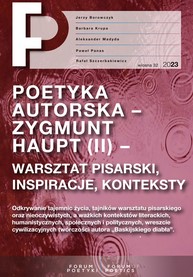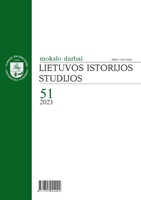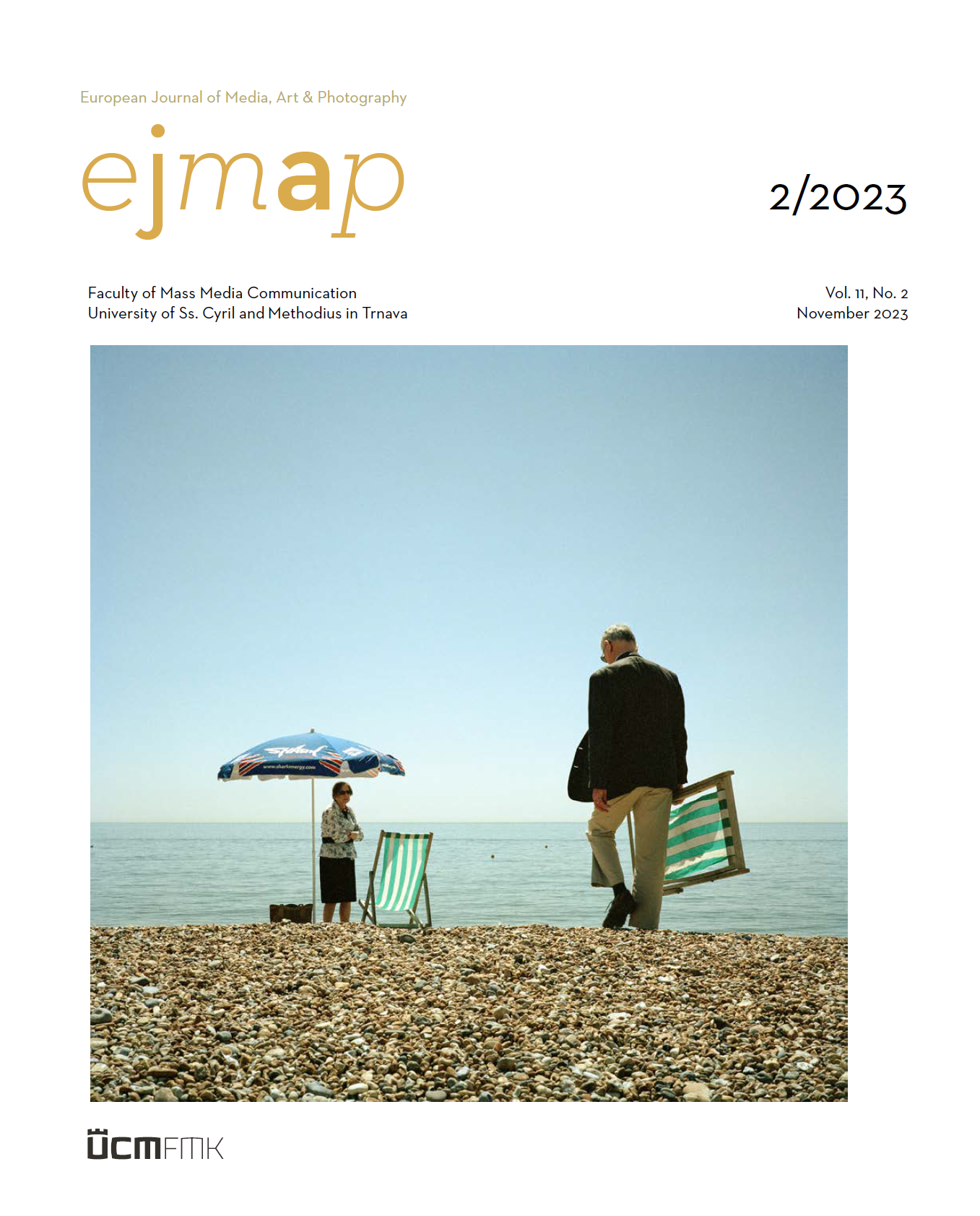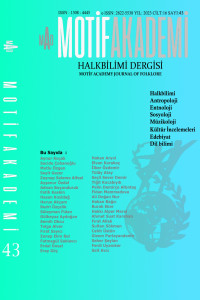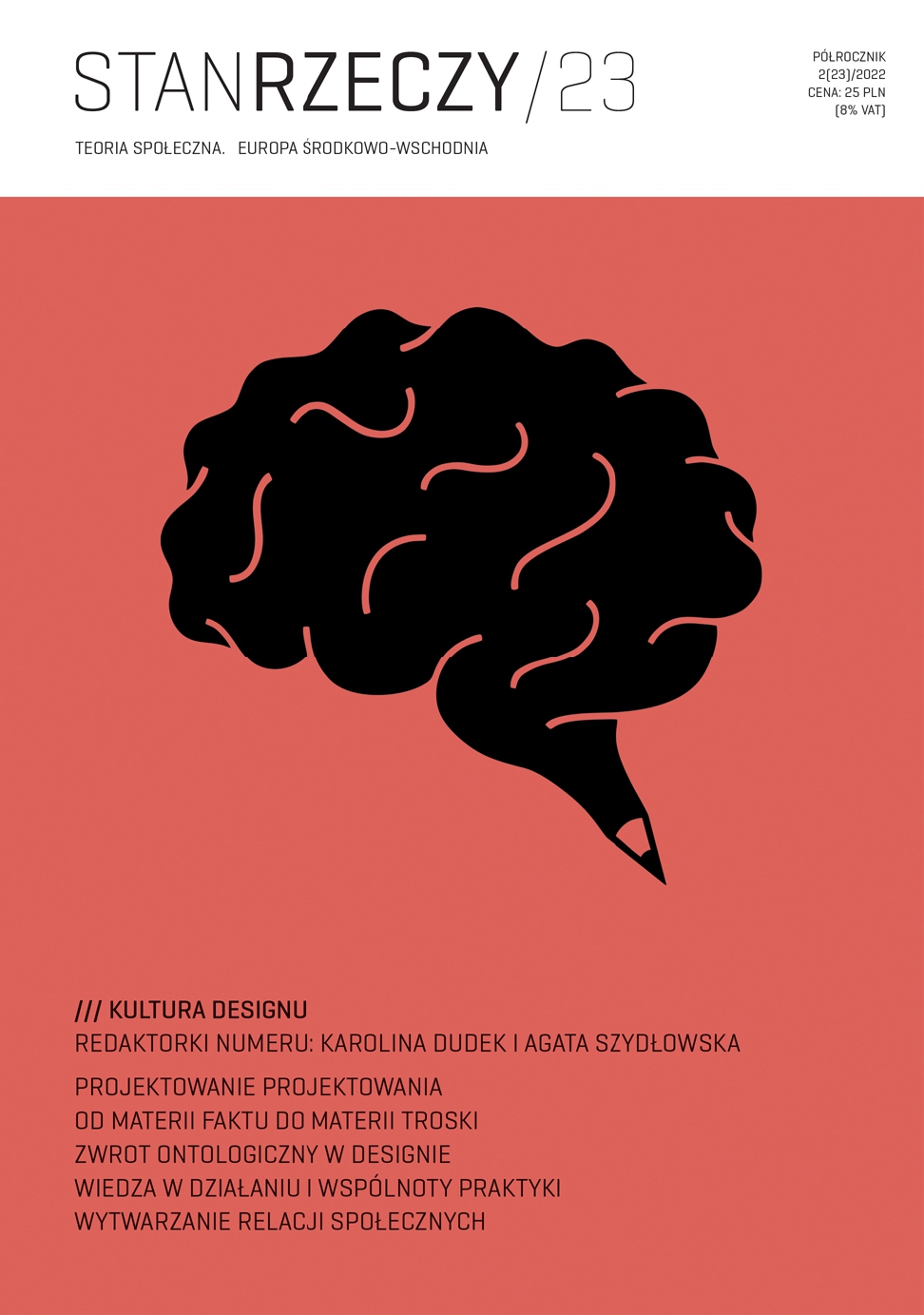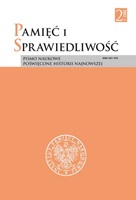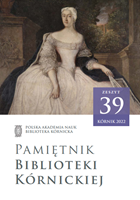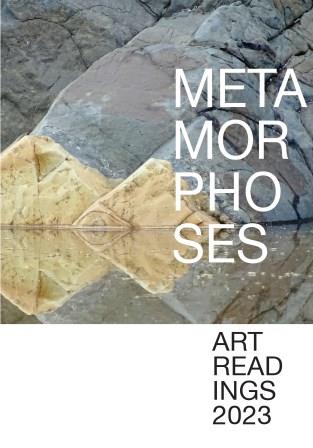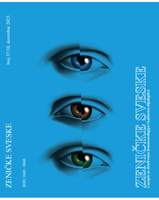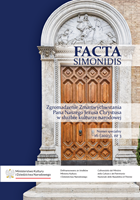Author(s): Maria Nitka / Language(s): English
Issue: 3/2023
The paper examines the primary iconography of the interior design of the Church of the Resurrection in Rome, located in via San Sebastianello 11, reconstructed thanks to the archival materials. The interior of the church of the Resurrectionists in Rome was consecrated on November 5th, 1889, during the time of partitions and the lack of representation of the temple of the Polish nation in the Eternal City. The church until the 1979 renovation had a homogeneous decoration in the historicizing trend, which was bound together by polychromy in the type of “carpet polychromy” (Tapisseriemalerei), capturing the most semantically significant elements of decoration – stained glass windows and historical paintings. Iconography in the chancel referred to the Resurrection and the role of the Church in delivering this message. On the axis of the apse there was a stained-glass window with an image of the Risen Christ, flanked by two stained glass windows with representations of Immaculata and St. Joseph, whose cults were promoted in the Church by Pope Pius IX. The stained-glass windows also included the coats of arms of Pope Leo XIII and the founders. The main altar: a mensa from 1775, from the former church of St. Paul the First Hermit of the Pauline Fathers (formerly the Polish temple), over a wall-mounted canopy whose founder was Father Władysław Czartoryski, with an image of Our Lady of Częstochowa. The triumphal arch on the pillars framing the altar featured painted figures of St. Stanislaus and St. Sebastian, and on top of the rainbow arch was an image of the veraicon. Above the stalls there were figural paintings relating to the handing down the mission in the Church during various historical moments: The Ascension by Henryk Siemiradzki (on the south side) and The First Vows of the Resurrectionists and the Approval of the Congregation by Pius IX by Józef Unierzyski, enframed in a wooden frame with the coats of arms of Popes Gregory XVI and Pius IX. In the window area above it, there was the coat of arms of the Kingdom of Poland, while in the successive bays of the nave there were the coats of arms of Cardinal Mieczysław Ledóchowski and the Lithuanian Pogoń. Across the nave, there were two figural paintings by Franciszek Krudowski, depicting encounters with the Risen Christ on earth: Infidel Thomas and Noli me tangere. Therefore, the southern wall of the presbytery and nave depicted the presence of the Risen Christ on earth, while the northern wall pointed to the Church of Poland, from the formation of the Resurrectionists to the symbols of the state and the primate-interrex. The symbolism of the connection between the Universal Church and the Polish Church was developed on the choir wall, divided by the organ emporium into two tiers, in which stained glass windows were placed, in the lower one were the figures of the three Archangels and the Blessed Virgin Mary in the Annunciation scene, in the upper one were Saints Casimir and Josaphat, all stained glass windows were accompanied by coats of arms, whether of the Polish State or the founders. The Church of the Resurrection thus merged the iconography of the cult of the Resurrection of Christ with national representation, which was expressed both by the depicted saints and the extensive heraldic program. The emphasis on the cult of Christ and the saints of the Polish church has a reference to the first temple of the Polish nation of St. Stanislaus, whose main patron was the Blessed Savior; the image of St. Stanislaus also referred to the name of this temple. The presence of St. Josaphat, on the other hand, refers to the tradition of the Uniate hospice of Sts. Sergius and Bacchus, representing the Ruthenian nation. The iconography with images of St. Casimir, St. Josaphat, the Eagle and Pogoń coats of arms indicated that this was the temple of the First Republic, a buried state, which was represented in Rome by the Resurrectionists, the informal Polish ambassadors to the apostolic capital, who also protected and spread the Uniate rite. The saints present in the temple’s iconography and the emphasis on the relationship between the Polish Church and the Universal Church were also reflected in the Resurrectionists’ apostolic mission. The union of Church and state – altar and throne in the iconographic program of the Resurrection temple emphatically indicated that there would be no resurrection of the homeland without the Church, which was also confirmed in the political and social program of the Resurrectionist congregation.
More...


